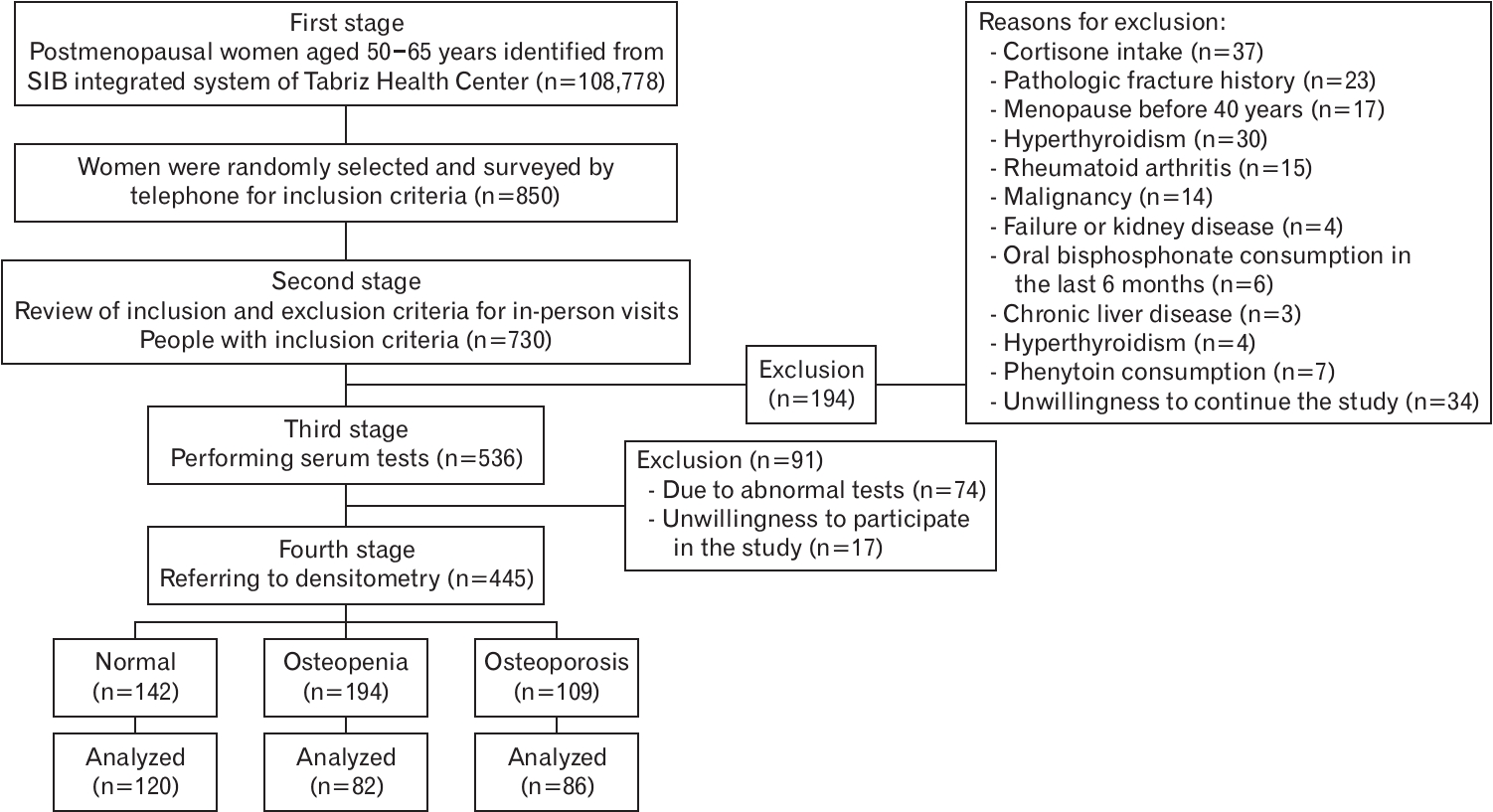4. Sozen T, Ozisik L, Basaran NC. An overview and management of osteoporosis. Eur J Rheumatol 2017;4:46-56.


5. World Health Organization. WHO Scientific Group on the Assessment of Osteoporosis at Primary Health Care Level: Summary Meeting Report, Brussels, Belgium, 5-7 May 2004 [Internet]. Geneva: World Health Organization; 2007 [cited 2021 Apr 12]. Available from:
https://www.who.int/chp/topics/Osteoporosis.pdf
7. Hashemi Gahruie H, Niakousari M. Antioxidant, antimicrobial, cell viability and enzymatic inhibitory of antioxidant polymers as biological macromolecules. Int J Biol Macromol 2017;104(Pt A):606-17.


9. Ighodaro OM, Akinloye OA. First line defence antioxidants-superoxide dismutase (SOD), catalase (CAT) and glutathione peroxidase (GPX): their fundamental role in the entire antioxidant defence grid. Alex J Med 2018;54:287-93.

10. Islam MT. Oxidative stress and mitochondrial dysfunction-linked neurodegenerative disorders. Neurol Res 2017;39:73-82.


12. BashiriMoosavi F, Farmanbar R, Taghdisi M, AtrkarRoshan Z. Level of physical activity among girl high school students in Tarom county and relevant factors. Iran J Health Educ Health Promot 2015;3:133-40.
16. Basu S, Michaelsson K, Olofsson H, Johansson S, Melhus H. Association between oxidative stress and bone mineral density. Biochem Biophys Res Commun 2001;288:275-9.


17. Jamshidi Manesh M, Peyrovi H, Jouybary L, Sanagoo A. WomenŌĆÖs experience of menopause. J Sabzevar Univ Med Sci 2010;16:196-205.
20. Sendur OF, Turan Y, Tastaban E, Serter M. Antioxidant status in patients with osteoporosis: a controlled study. Joint Bone Spine 2009;76:514-8.


21. Sontakke AN, Tare RS. A duality in the roles of reactive oxygen species with respect to bone metabolism. Clin Chim Acta 2002;318:145-8.


23. Yalin S, Bagis S, Polat G, Dogruer N, Cenk Aksit S, Hatungil R, et al. Is there a role of free oxygen radicals in primary male osteoporosis? Clin Exp Rheumatol 2005;23:689-92.











